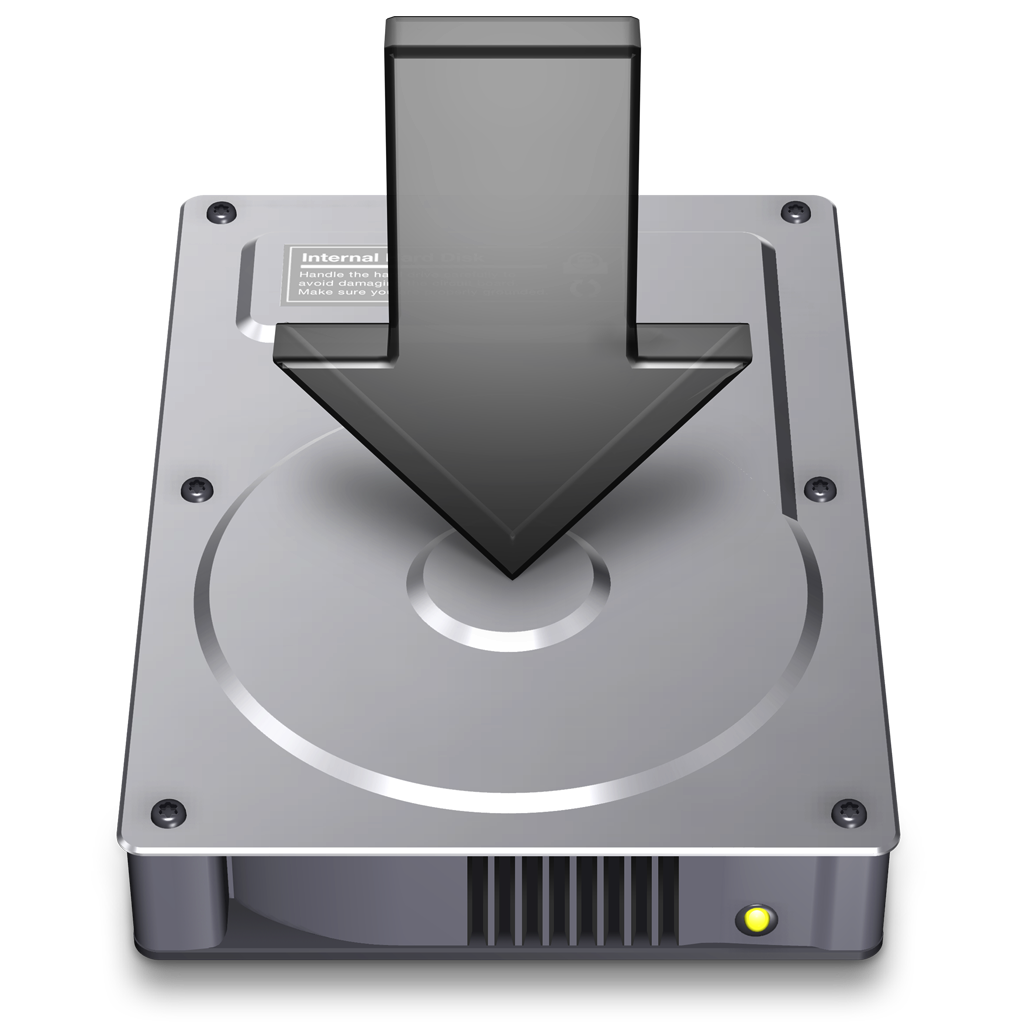The many ways to install software on a Mac
 The holidays are over, and it’s time to finally take a closer look at our shiny new Macbook Air, Pro or iMac, we found under the Tree. One of the first questions a new Mac user might have, especially coming from a Windows PC or Linux background, is how to install software and apps.
The holidays are over, and it’s time to finally take a closer look at our shiny new Macbook Air, Pro or iMac, we found under the Tree. One of the first questions a new Mac user might have, especially coming from a Windows PC or Linux background, is how to install software and apps.
There are some obvious differences in the way we install software across operating systems, and on Mac OS X, there is more than one way to add applications and functionality that fit our requirements.
The Mac App Store
Apple’s mission is to make it easy for users to enhance their experience. The Mac App Store is the desktop equivalent of the Apple App Store for iOS, where applications can be browsed, selected and installed automatically. Updates for the apps are also automatically pushed, in the same way as they are on iOS, including OS X itself, and just like on iPhones and iPads, the Mac App Store is tied to our Apple ID, so the same apps can be installed on other Macs registered with the same ID.
One little snag is that, the Mac App Store may not have every app we need, as a desktop environment is magnitudes busier and chaotic than a neat and clean mobile environment.
Can’t find what you want on the Mac App Store? Try DMG files.
DMG is one of the supported file formats for disk images on a Mac. Many software applications that are available on Mac developers websites come in this format, and it is the traditional way of installing software on a Mac.
For example, if we were to install Google Chrome on a Macbook, we would download a DMG file.
As previously mentioned, a DMG file is a “disk image” file, which means, that it is a file designed to be detected as a device in Finder, just as we would with a hard drive or an optical drive.
In order to open a DMG file we need to “mount it” by double-clicking on the file. At this stage, the file will open in a Finder window, displaying its content. Next we open the Application folder on the Mac and drag the application into it, copying Chrome into the system where its ready for use, at which point we can eject, and safely erase the DMG file.
Application files
Application files do not require installation. They can be simply dropped in any folder and run immediately. Application files are very similar to apps, if they were distributed in a DMG folder.
The icon of Application files is usually customized by the developer, while DMG file icons are not.
Archives
Archives are the Mac equivalent of .zip files on Windows, or .tar files on Linux. They are compressed folders containing different files, including DMG files or apps. They may also contain the complete application folder structure, as needed by the software we choose to install.
Installers
Installers provide a familiar way to install applications for Windows users who may not be familiar with Mac OS X. Software like Microsoft Office may be provided as an Installer application, which will guide through an installation wizard. Installer files carry a .PKG extension.
Gatekeeper
Gatekeeper is not a way to install apps on the Mac, but it’s a line of defense from potentially dangerous apps, which can be seen as the equivalent of Windows’ User Account control. Mac apps that have not been signed by the developer, or that have been tampered, may raise a warning from Gatekeeper, which will advise to move the suspicious application into the trash.
In the event that we may want to run an application that we trust, even if it’s not signed by the developer (i.e. we are the developers), we can disable Gatekeeper in system Preferences, Security & Privacy, and under “Allow apps downloaded from”, select “Anywhere”.
This will allow all unsigned apps to run, including those that could potentially harm your Mac, ergo, tread lightly.